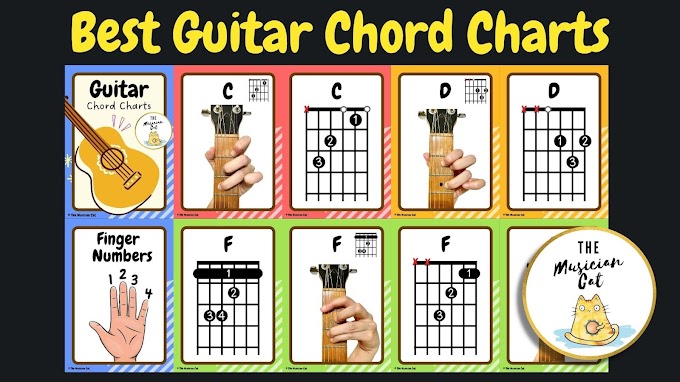A reflection I wrote in NIE on Creative Activities in the Musical Classroom
Most music educators would agree that creative activities are an integral part of a holistic music education. Unfortunately, the term “creative activity” in the context of music is often taken narrowly to refer to music composition, making teachers apprehensive about planning and executing them. It would be liberating, rather, and in no way unjustified, to see creative activities as simply activities that allow students to make musical decisions for themselves.
Creative music activities train students to think for themselves and make critical judgments. Because music can be highly subjective, it is meaningless to have the teacher’s point of view forced upon them for adoption. In having to make musical decisions, students learn to discern and decide for themselves what sounds good to them. Unlike most academic subjects, there isn’t necessarily a correct or a model answer where music is concerned. Expression and interpretation happen on a very personal level and students need to be given the freedom to judge things from their own perspective.
Music-making calls for innovation, imagination and creativity, and these are skills that cannot be transferred to a student the way factual knowledge can. Creative activities provide teachers with an environment to cultivate these abilities in students. As students engage in these activities, they explore and discover new ways of making music, challenging traditional processes and boundaries. With adequate encouragement from the teacher, students will be less focused on the possibility of making mistakes and, instead, be emboldened to try things that are experimental.
In his article ‘Creativity and the Condition of knowing in Music’, Robert Sherman (1971) makes the following distinction between knowing and being knowledgeable: “A knowing musician is understood as being one who knows music; a knowledgeable musician is one who knows about music. “An immersion in creative activities takes students from the state of simply “knowing of” something to the state of “knowing and understanding” something. It provides them with a deeper and more personal encounter with music, something the usual “transferral of knowledge” in education fails to give.
Engaging students in creative music activities also increases their motivation to learn. In Lucy Green’s book on informal learning, students responded very positively to independence and freedom in things like the choice of songs and instruments. They also demonstrated more initiative in learning, actively seeking help from the teacher every time they faced a problem (Green, 2008). Students enjoy having a certain amount of autonomy. Whether it is a choice of which instrument to play or how loudly to play it, every decision the students make serves to mark their musical product as one that is uniquely theirs. As a result, students enjoy the process of music-making as it gives them a great sense of ownership. As students direct their own learning, they also start to see knowledge as something that want to receive instead of something their teacher thrusts upon them. Knowledge becomes valuable as it is directly applicable to what they are doing and not simply a theory they collect as general knowledge.
In summary, creative activities are an integral part of music education and denying students of them would be to deny the students of a holistic music education.
References:
Sherman, R. W. (1971), Creativity and the Condition of knowing in Music, Music Educators Journal, Vol. 58(2), 18-22
Green, L. (2008), Music, informal learning and the school: a new classroom pedagogy, Abingdon, Oxon, GBR: Ashgate Publishing Group
Essay: The Importance of Creative Activities in the Musical Classroom
You may like these posts
Search This Blog
Popular Posts
Explore more
Contact Form
Footer Menu Widget
Copyright © 2020 - The Muscian Cat | All Right Reserved.
Designed with by Way2Themes | Distributed By Hire Blogger Designer






0 Comments